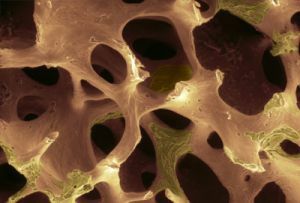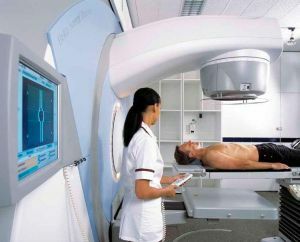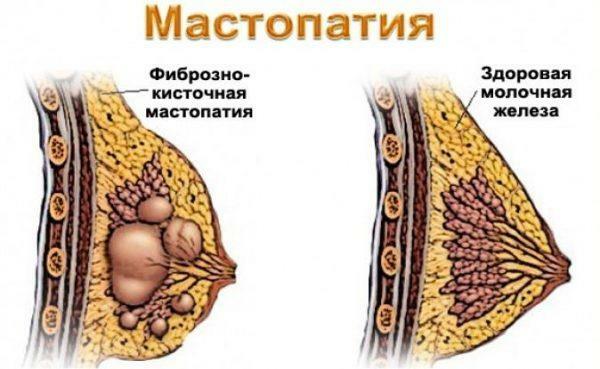 Modern medicine works wonders - this laudatory statement sometimes finds its confirmation.
Modern medicine works wonders - this laudatory statement sometimes finds its confirmation.
Medications, modern equipment for a number of procedures can cure a person in a matter of days, less often months.
But what to do with malignant bone formation? How to respond to the diagnosis of bone cancer? Cry, fight or wait?
Contents of the article
- Concept and statistical data
- Causes and risk factors
- What are bone tumors
- Benign tumors
- Malignant tumors of bones
- How do tumors manifest themselves?
- Diagnostic methods
- Therapy package
- Prognosis and prevention
Concept and statistical data
Bone cancer is an oncological disease of a separate group of malignant tumors that can be formed from different human bone tissues: cartilage, bone, periosteum, joints.
Modern medicine allows, through some studies to accurately identify the problem and establish the type of malignant tumor. But to prevent their education or "make a miracle" is beyond its power.
According to statistics, bone cancer is diagnosed in 1.5% of all malignant tumors. More young people under the age of 30 are more likely to be exposed to the cancer disease.
For its timely detection it is necessary to undergo an annual examination, as experts advise. After all, with a thorough examination and subsequent treatment, the development of a cancerous bone in the initial stages can be stopped.
Causes and risk factors
Specialists and scientists to date can not unequivocally identify the causes that lead to the formation of malignant bone tumors. Therefore, to prevent and somehow protect yourself from the described disease will not work.
But with the patients still passed the work, and experts could list factors that significantly increase the likelihood of such manifestations.
To the risk factors are:
- Genetic predisposition , which contributes to the formation of precisely those tumors "transmitted" from the parents, for example, retinoblastoma.
- Paget's disease - results in impaired recovery of previously damaged bone due to fracture and other situations. As a rule, the disturbed restoration leads to deformation of bones and a violation of the structure. The presented disease by right has the status of "precancerous condition".Elderly people are exposed.

- Excessive ionizing radiation .Non-ionizing irradiation - use of mobile phones and microwave ovens - does not provoke the formation of malignant tumors.
- Previously, suffered bone injury often leads to tumor growth.
- The probability of development of bone cancer is great after the transferred bone marrow transplantation .
- The risk factors include the changes that have occurred in the DNA structure of , which lead to some unpleasant consequences.
People who have undergone surgery or diagnosed a disease that causes the formation of a malignant tumor, should be especially attentive to their health and undergo an examination twice a year.
Bone tumors
Bone cancer is divided into two types of cancer:
- Primary oncology - in its peculiarity, the growth of the tumor directly from the bone tissue, occurs in only 1% of cases. Often, doctors diagnose secondary oncology when the patient is treated with complaints of pain.
- Secondary oncology - a bone tumor was formed due to a malignant tumor from nearby tissues or internal organs. Conversely, a malignant tumor of bone caused the formation of metastasis of internal organs and nearby tissues.
Benign tumors
Among benign bone tumors can be identified:
- Osteoma - its development is due to the growth of bone tissue osteoblast. Often located on the outer surface of the bone. Often affects the base of the skull, maxillary sinuses, femoral and humerus bones.
- Osteoid-osteoma - affects the long tubular bones of the extremities. It is a benign tumor of small dimensions - no more than 1 cm. It has clear boundaries and pronounced zones of bone formation.
- Osteoblastoma - is a tumor with a histological structure, like in osteoid-osteoma, only has large dimensions and is characterized by the absence of a zone of bone formation. Often affects the spine.

In the photo, a typical manifestation of bone cancer
- Chondroma - develops from cartilage cells of bones. Often affects the tubular bones. It occurs in adolescents. There is also an osteochondroma, an intermediate state of the tumor between the osteoma and the chondroma. It reveals the cells of the osseous base and outer cartilaginous cover.
- Chondromixoid bibroma is a tumor consisting of cells of the cartilaginous tissue located in the metaphysis zone of the long tubular bone of the legs.
- The solitary bone cyst - often affects the tubular bones of children and adolescents. Characterized by single or multi-chamber cavity of bones.
- Osteoblastoklastoma - reproduction of mononuclear cells of osteoblast with bloody or serous cysts. It can be both a benign tumor and a malignant formation.
The presented list of not all benign bone tumors is regularly replenished with new tumors, the structure of which has not yet been identified and studied by specialists.
Malignant tumors of bones
Specialists distinguish several types of tumors that have distinctive features in the types of cells, their structure. The following types of malignant tumors are distinguished here:
- The osteogenic sarcoma is the most dangerous form of bone cancer, characterized by aggressive course and development of the tumor. Quickly provokes the formation of metastases of internal organs and tissues. In most cases, it affects the tubular bones of the legs.
- Parostalny sarcoma - does not cause rapid formation of metastasis due to the slow development and growth of the tumor. It affects the outer surfaces of the bone.
- Ewing sarcoma - often formed in children and adolescents. It affects the bones, with prolonged inactivity contributes to the formation of metastases, which quickly spread throughout the body by the circulatory and lymphatic system.
- Chondrosarcoma is a transformed sarcoma tumor formed from cartilage cells.
- Malignant fibrotic histiocytoma - has its origin in malignant soft tissue lesions that subsequently affect the bones of the upper and lower limbs of a person.
- Chordoma is the primary oncology affecting the base of the skull and the human spine.
- Fibrosarcoma - the formed tumor of soft tissues smoothly passes to human bones. Most are susceptible to the presented disease of a woman.
Bone tumors can be caused by the proliferation of malignant formations of internal organs and soft tissues, which significantly affects the course of treatment.
How do tumors manifest themselves?
There are no signs of bone cancer at the initial stage, but later a person begins to worry about pain that can lead to disruption of limb function if the tumor is localized in the arm or leg.
 In some cases, the inflammatory process starts, which leads to an increase in body temperature.
In some cases, the inflammatory process starts, which leads to an increase in body temperature.
The slightest trauma can result in a fracture.
The spread of metastases in bone tumors is characterized by significant weight loss with good appetite.
Diagnostic methods
Diagnostics of bone cancer involves a comprehensive examination, where the patient is examined by an oncologist and the delivery of general tests.
The doctor can already determine the cause of the tumor of the affected area by the method of palpation. General blood tests reveal a number of indicators that deviate significantly from the norm.
It is often enough to undergo an X-ray examination to detect a malignant tumor.
As additional measures the patient can be sent:
- for examination by means of computed tomography;
- pass magnetic resonance imaging;
- radionuclide bone scanning;
- performing a puncture or surgical bone biopsy.
An additional examination will help identify the type of bone tumor and establish further treatment.
Therapy package
In the diagnosis of bone cancer treatment begins, which includes the following methods:
- The chemotherapy course is prescribed - it helps to "destroy" the cells that led to the formation of a tumor, and
 helps to eliminate metastases.
helps to eliminate metastases. - Radiation therapy - used to eliminate bone tumors.
- Surgical intervention - removal of the affected part of the bone or its complete amputation. It is used in running cases. It involves additional prosthetics of the removed bone.
Depending on the stage of the disease, at the time of treatment the patient can be treated in the "reverse order".
Prognosis and prevention of
In medicine, the prognosis of survival of patients with cancers is calculated five years after diagnosis.
Here for statistical calculations take both adults and children. The survival rate is more than 70%.
As for prophylaxis, it is impossible to prevent the appearance of a bone tumor.
Take care of your health. If you feel unwell, pain in a certain area, as well as a characteristic "protrusion", contact your doctor. He will conduct an examination and, based on the results of a comprehensive survey, be able to diagnose the disease.



